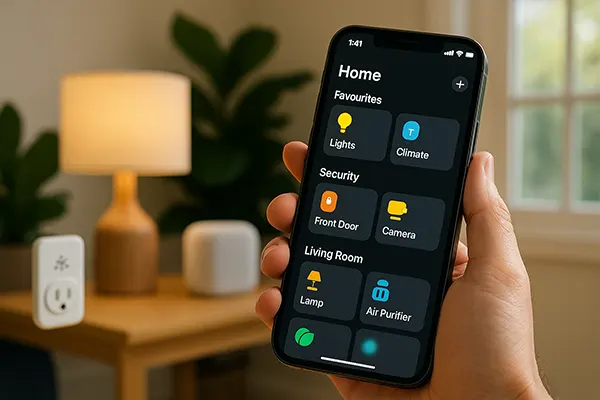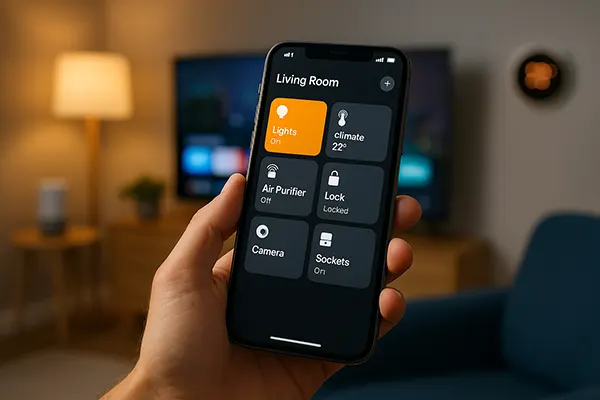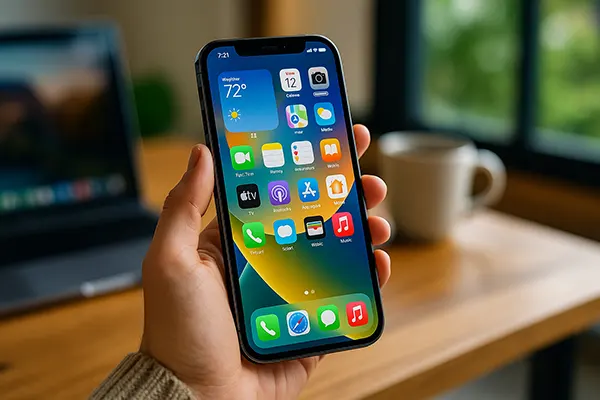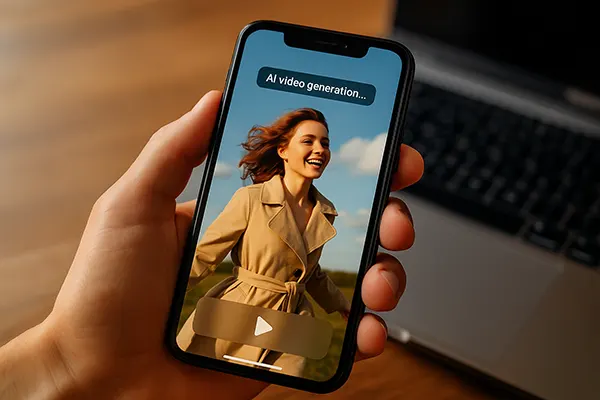How the iPhone Integrates with Smart Homes in 2025: Practical Setup of HomeKit, Matter, and Other Technologies

As of 2025, smart home technology has evolved into a seamless and unified experience, especially for Apple users. The iPhone is no longer just a personal gadget — it is now the central hub for controlling lighting, climate, security, and appliances throughout the home. With Apple’s ecosystem expanding through HomeKit and the adoption of the Matter standard, integration with third-party devices has never been more streamlined.
iPhone and HomeKit: The Backbone of Smart Home Automation
Apple’s HomeKit framework remains a core component of iPhone-based smart home control. With iOS 18, Apple has refined the Home app’s interface, making it more intuitive and data-rich. Users can now set up complex automations based on location, time, and sensor inputs without additional apps or hubs.
HomeKit supports a wide range of certified accessories including lights, locks, cameras, thermostats, and more. Once a device is added, it becomes available for control through Siri voice commands, Control Centre widgets, or Home app scenes. Advanced security features, like end-to-end encryption and secure pairing, remain major benefits of using HomeKit-enabled devices.
Another significant improvement in 2025 is the stability of remote access. With Apple TV or HomePod mini acting as a home hub, users can securely manage their homes from anywhere in the world. This remote access includes live camera feeds, real-time notifications, and automation triggers based on your iPhone’s location.
Automating Everyday Routines with HomeKit
In 2025, HomeKit automations are more intelligent and personalised. For example, morning routines can now be triggered by your first iPhone unlock of the day — automatically opening blinds, starting a coffee maker, and adjusting lights based on sunrise times.
Location-based automations use geofencing to activate or deactivate devices when you arrive or leave home. Families benefit from multi-user geofencing, allowing automations to consider whether all household members are out before switching to energy-saving modes.
Additionally, HomeKit now integrates with Apple’s Focus modes. When “Work” mode is active on your iPhone, distractions like doorbell chimes or smart speakers can be automatically muted, creating a productive environment.
The Role of Matter: Breaking Ecosystem Barriers
Since its wide adoption in late 2023, Matter has dramatically changed how iPhones interact with smart home devices. Matter is a universal smart home protocol developed by the Connectivity Standards Alliance (CSA), and in 2025, nearly all new devices support it out of the box.
Thanks to Matter, iPhone users can control devices from brands like Google Nest, Amazon Echo, Samsung SmartThings, and more — all directly through the Apple Home app. This cross-compatibility eliminates the need for duplicate apps or manufacturer-specific accounts, simplifying the user experience.
Matter uses local networking by default (via Wi-Fi or Thread), which increases speed and reliability while reducing dependency on cloud services. It also ensures privacy, a critical factor for many Apple users. Devices are verified and added securely through a QR code or NFC tap using the iPhone’s camera or U1 chip.
Pairing and Managing Matter Devices on iPhone
Setting up a Matter device on iPhone takes less than a minute. Users simply scan the device’s pairing code using the Home app, and it becomes immediately available across all Apple devices signed into the same iCloud account.
Advanced features include assigning devices to rooms, creating grouped actions (e.g., “All Lights Off”), and setting conditional rules (e.g., turn on hallway light only if motion is detected and it’s after sunset).
Apple continues to collaborate with major hardware brands to push firmware updates directly through the Home app, ensuring Matter-enabled devices remain secure and up-to-date without requiring third-party intervention.

Third-Party Integrations and New Trends in 2025
Beyond HomeKit and Matter, the iPhone in 2025 integrates with various other smart home ecosystems and services. Through shortcuts and APIs, users can connect to services like IFTTT, Zapier, and energy management tools like Sense or Tesla Powerwall monitoring apps.
For security, iPhones can interface directly with smart locks and video doorbells from brands like Level, August, and Netatmo. Users receive end-to-end encrypted video notifications and can unlock doors using Face ID or Apple Watch proximity detection.
Energy management is another growing trend. The iPhone can now display real-time power usage from compatible devices and suggest energy-saving actions — such as lowering blinds to reduce cooling or pausing charging cycles during peak tariffs.
What to Expect Next from Apple’s Smart Home Strategy
Looking ahead, Apple is expected to enhance spatial computing integration, especially with Vision Pro. Smart home controls will likely extend into immersive interfaces, allowing users to visualise and interact with their homes in augmented reality.
Moreover, Apple is rumoured to be developing a new version of HomePod with an integrated display — potentially acting as a central controller for home environments. Combined with the iPhone, this would make for a more responsive and versatile user experience.
Security, privacy, and seamless experience remain Apple’s priorities. As more households adopt electric vehicles, solar panels, and battery systems, iPhone’s role in managing an interconnected, sustainable home will only grow stronger.


